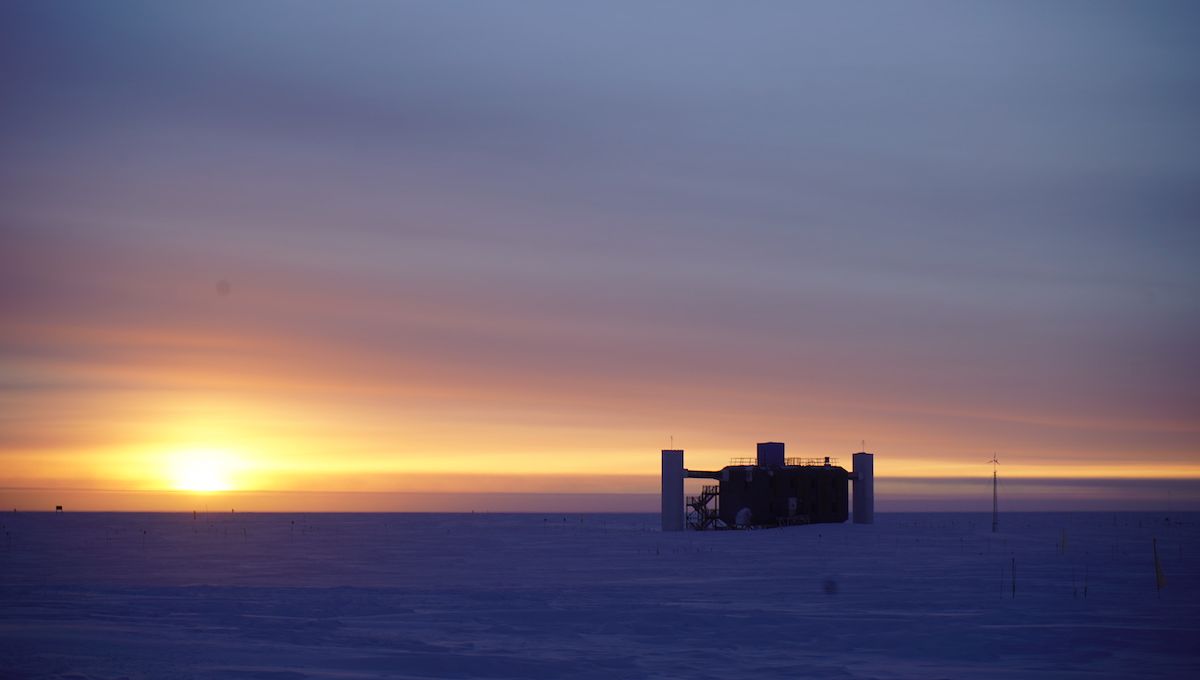
Scientists with the IceCube collaboration have finally been able to detect a special type of neutrino coming from the universe. The tau neutrino was only discovered in the year 2000 and it has never been seen from an astrophysical source. Now, researchers report the detection of seven possible candidate events.
There are three types of neutrino: electron neutrinos, muon neutrinos, and tau neutrinos. As their name suggests, they are associated with other particles, namely the electron, the muon, and the tau. But neutrinos have no electric charge and are very light. As you read this, there are 100 trillions of neutrinos passing through you every second. We do not notice because they only rarely interact with matter.
Detecting neutrino interactions requires observatories that can see those rare events. One strategy has been to make them big and ready to spot flashes of light (although more unusual proposals exist including using forests). IceCube is one of these, and its detectors are buried in Antarctic ice in strands ready to record possible events. However, there are difficulties.
Not only neutrinos are sneaky little “ghost particles“, but they also oscillate between their three versions. So, neutrinos that started as electron neutrinos can and will turn into muon and tau neutrinos. The different versions of neutrinos are called flavors, with no relation to the sense of taste.
In the simplest explanation – and it’s still not that simple – neutrino flavor changes are due to neutrinos being in a quantum mechanical combination of different masses. In some cases, the predominant distribution would be the electron neutrinos, in other cases they all have the same chances, and in others, the muon and the tau are more probable.
Still, tau neutrinos from sources other than the Sun have been elusive. Researchers expected the events to create a “double cascade”, seeing two signals from interactions. The high-energy tau neutrino would hit something in the ice and create a tau particle – this releases light. Then the tau particle would decay into a new tau neutrino, releasing light again.
This double signal was seen in seven cases and the team believes that the chance that other environmental effects are mimicking the tau interaction is less than one in 3.5 million.
“The detection of seven candidate tau neutrino events in the data, combined with the very low amount of expected background, allows us to claim that it is highly unlikely that backgrounds are conspiring to produce seven tau neutrino imposters,” Doug Cowen, a professor of physics at Penn State University and one of the study leads, said in a statement. “The discovery of astrophysical tau neutrinos also provides a strong confirmation of IceCube’s earlier discovery of the diffuse astrophysical neutrino flux.”
A paper describing the results has been accepted for publication in the journal Physical Review Letters and a preprint version can be found on arXiv.
Source Link: Seven Elusive "Ghost Particles" Spotted By Neutrino Detector Buried Deep Under Antarctica